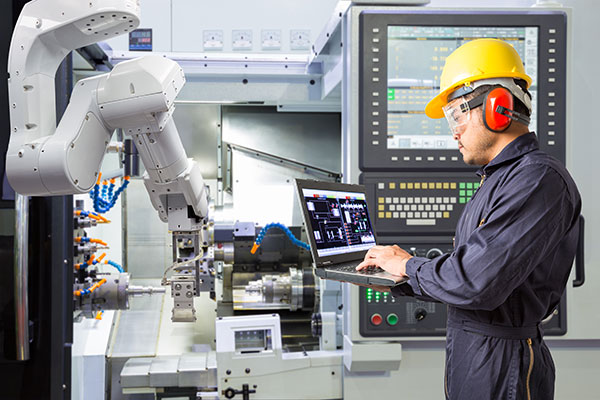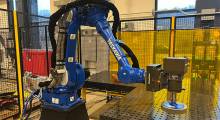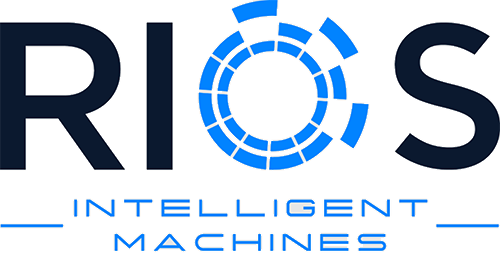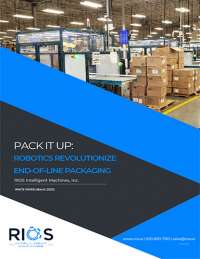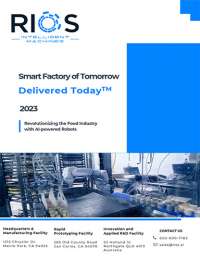While many people focus on one aspect of the introduction of automation to manufacturing, there is actually a flipside. The current employment pool for producers is shallow. There aren’t enough bodies to keep up with post-pandemic demand.
In August of 2022, the National Association of Manufacturers (NAM) surveyed its members about the main obstacles for their businesses with growth and productivity. The survey found that more than three-quarters of producers said attracting and retaining a quality workforce is their biggest problem.
According to the study, there are more than 746,000 open positions waiting to be filled among their members.
Meanwhile, in October, confirmation came out that the overall manufacturing industry is facing a full-blown crisis. Without intervention, the number of job openings could go as high as 2.1 million by 2030, estimated NAM economists and the most recent federal data.
Manufacturers have become so desperate to attract more entry-level employees that companies have begun raising starting pay. A recent quarterly NAM member survey found that producers are committing to raise employee wages by 3.5% over the coming year.
Over the next 12 months, companies will have to make retaining high-value individuals a top priority and strategic priority, as these employees are becoming scarce. Deloitte conducted its own survey by collecting data from 100 industry leaders. Among these businesses, over 70% said discovering the best technologies can help keeping workers interested and satisfied enough to commit to a company.
Manufacturing has also had issues with perceptions of factory work. To change this, enterprises have begun providing educational programs for workers to allow them to upskill and reskill for the changing industry.
The capital required for these types of programs does tend to be steep. In 2019, Deloitte and The Manufacturing Institute reported that these programs cost at least $26.2 billion.
AI robotic workcells to the rescue
There are a lot of problems to navigate in the 21st century with technology and labor. When you’ve reached exhaustion in your search for talent, it may be time to consider automating some of your factory's more tedious and dangerous tasks. Working as an extension of human operators, AI-powered robotic workcells can help.
To give access to as many producers as possible, many companies like RIOS Intelligent Machines Inc. offer a robotics-as-a-service (RaaS) business model, which provides world-class automation packaged with all-inclusive service at zero CapEx cost. This subscription-based model gives customers the resources to deploy their own full-stack robots.
Your factory can be automated and increase productivity and efficiency in record time. These workcells can eliminate financial risks and provide service with a dedicated 24/7 support system, provisioning, and equipment maintenance.
Article topics
Email Sign Up

